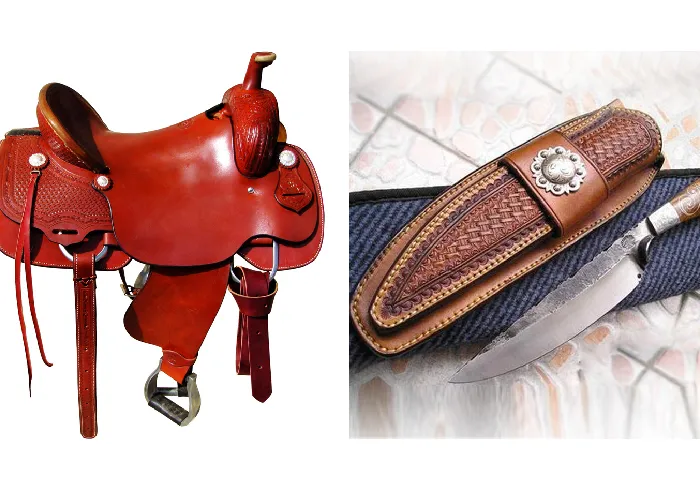leather sewing equipment
The Essentials of Leather Sewing Equipment
Leatherworking is a timeless craft, and as the demand for handmade leather goods continues to grow, so does the need for quality leather sewing equipment. Whether you are a seasoned artisan or a hobbyist just starting out, having the right tools can significantly enhance your work and bring your creative visions to life. This article will delve into the various types of leather sewing equipment that every leatherworker should consider.
1. Sewing Machines for Leather
One of the most significant investments a leatherworker can make is in a sewing machine specifically designed for leather. Unlike regular sewing machines, leather sewing machines are built to handle heavier materials and often come with features such as walking feet that help manage multiple layers of thick leather without slipping. Brands like Consew and Juki offer machines that can sew through heavy hides, making them ideal for crafting bags, belts, and other items that require durability.
2. Hand Sewing Tools
While machines are excellent for mass production, hand sewing still holds a special place in the hearts of many leatherworkers. Hand sewing allows for greater control and precision. Essential tools include
- Sewing Needles Needles designed for leather are thicker and have a cutting point that easily pierces the material. Choosing the right needle size is crucial depending on the leather thickness.
- Thread Choosing the right thread is also essential. Polyester and nylon threads are popular choices due to their strength and durability. Waxed thread is preferred as it reduces friction and helps maintain tension while sewing.
- Awl An awl helps create holes for stitching and ensures that they are evenly spaced. It is invaluable for hand-stitched projects.
- Thread Wax Applying wax to your thread can enhance its strength and make it easier to work with, preventing fraying and tangling.
Cutting is a fundamental step in leatherworking. Sharp cutting tools are essential for clean, precise cuts. Common cutting tools include
leather sewing equipment

- Rotary Cutters These are excellent for cutting straight lines and curves in leather. They are especially useful when working with patterns or templates.
- Utility Knives A sturdy utility knife is a must-have for any leatherworker. It can be used for intricate cuts and detail work.
- Scissors Heavy-duty scissors designed for leather can also be included in your toolkit. They should be sharp and comfortable to use to prevent fatigue during long projects.
4. Edge Finishing Tools
The edges of leather pieces can often be sharp and rough, so having the right edge finishing tools is crucial for a polished look. Edge tools include
- Edge Bevelers These tools round the edges of leather to give them a smooth finish.
- Burnishing Tools Burnishing tools help seal and smooth the edges, ensuring your project looks professional and is comfortable to handle.
5. Additional Accessories
Other accessories can enhance your leather sewing experience, including cutting mats for protection, rulers for accurate measurements, and punches for creating holes for rivets or snaps. These tools ensure that your leather projects are completed with precision and professionalism.
Conclusion
Investing in the right leather sewing equipment is vital for achieving quality results in your leatherworking projects. Whether you prefer hand sewing or using a machine, the tools you choose can significantly influence the final product. By ensuring you have the essential tools at hand, you’ll be well on your way to creating beautiful, durable leather items that reflect your skill and creativity. Happy crafting!
-
Heavy Duty Leather Sewing Machine: A Must-Have for Professional LeatherworkNewsMay.28,2025
-
Leather Sewing Machine: Essential for High-Quality LeathercraftNewsMay.28,2025
-
Extra Heavy Duty Sewing Machine for Premium Leather ApplicationsNewsMay.28,2025
-
Walking Foot Cylinder Arm Sewing Machine: Precision and Power CombinedNewsMay.28,2025
-
Industrial Cylinder Arm Sewing Machine: Engineered for High-Performance StitchingNewsMay.28,2025
-
Cylinder Bed Sewing Machine: A Powerful Solution for Precision StitchingNewsMay.28,2025
-
Zigzag Sewing MachineNewsMay.12,2025





























